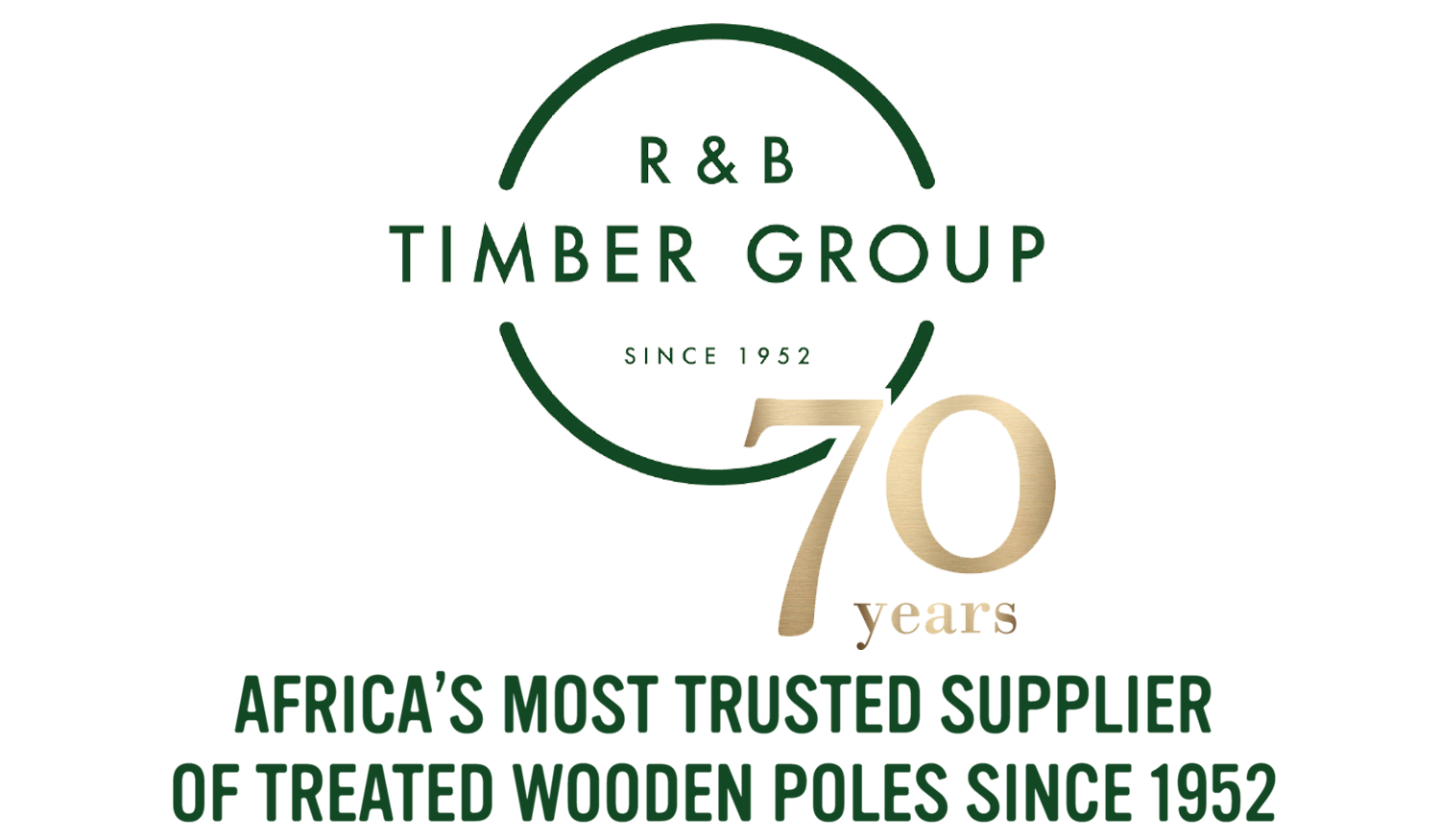UNDERSTANDING HOW TRANSMISSION POLES SUPPORT PUBLIC UTILITIES
In South Africa, many of us have grown used to seeing wooden transmission poles mounted on city sidewalks and running through urban areas - but how does this timber contribute to our access of utilities such as electricity, the internet, and more?
The truth is that transmission poles form the backbone of how we access many modern conveniences - and despite new technologies constantly emerging, many new utilities (such as fibre optic internet) still rely on this tried and tested method for delivering services to local areas.
In South Africa - and though they may be called by many different names - transmission poles are used by many state-owned enterprises to deliver critical utilities and resources to communities both abundant and sparse that sprawl across our country.
What are transmission poles?
In many parts of the world, transmission poles are used to carry the backbone of public utilities to cities, towns, suburbs, and villages - and as technology has progressed, these wooden posts have been used to support a variety of overhead lines that can carry electricity (power), fibre optic cables for internet access, or supply transformers or street lights.
While different countries have adopted their own standards for transmission poles, these are generally still constructed out of wood, metal, concrete, or fibreglass. In South Africa, the most prevalent form of transmission pole - used by the likes of Eskom to supply power to communities - is built out of treated wood with a creosote treatment.
What else are transmission poles called?
Given that transmission poles are used in a variety of industries and for different purposes, it isn’t uncommon to find them referred to - or confused with - a number of different names. Depending on their use or location, transmission poles may be referred to by a different title; though typically they share the same construction and treatment.
Transmission poles can also be called:
Utility poles
Telephone poles
Telecommunication poles
Power poles
Telegraph poles
Telegraph posts
How are transmission poles used?
Transmission poles are used for a variety of purposes; typically, most transmission poles are intended to distribute power in a sequence of interconnected posts called a powerline. Transmission poles can also be used to carry equipment such as for street lighting, traffic lighting, or cellular network antenna.
In some cases, transmission poles can be used for decorative purposes - such as for hosting festive lights or for generative purposes, such as to host solar (photovoltaic) panels.
How are powerlines made?
Generally, transmission poles are used to carry electric power lines, which fall into two categories - called sub-transmission lines and distribution lines. While sub-transmission lines carry higher voltage power from regional to local substations, distribution lines are used to then transfer power from local substations directly to consumers.
Poles carrying electrical wiring are top-mounted with equipment for safety purposes, and are grounded and connected to a metal rod driven into the ground; in some cases, only every fifth pole in a sequence is grounded. Grounding a powerline prevents an electricity surge - or lightning strike - from severely damaging infrastructure or, in the worst event, causing damage to nearby property or starting a wildfire.
What are most utility poles used for?
A majority of utility poles are still used worldwide for transmission purposes, where power is relayed from substations directly to communities. The use of a wooden transmission pole makes for a sustainable product that can be harvested and reproduced in time, and can even be effectively repaired in the event that they are damaged.
Increasingly, utility poles have further been used to construct overhead fibre optic lines, which prevents the need for networks to install their equipment underground and next to other utilities, such as water and sewerage lines.
Previously, utility poles have also been used to run copper telephone lines, deliver dial-up and ADSL-based internet connectivity, or deliver cable television before many major networks began to distribute ‘over-the-air’ media. However, many radio and cellular network towers still rely on placement atop a similar utility pole.
How large is the South African utility pole market?
In South Africa, the emerging and vibrant forestry sector has been noted by local government have noted the importance of the industry, and note that, generally, the market is divided into two categories - those producing treated, and untreated wooden poles.
Based on recorded plantation sales, the Department of Water and Forestry estimate that the total average annual supply of poles to the South African market is estimated at 750 000 m³ to 800 000 m³. Major customers who purchase transmission and utility poles include Eskom, Telkom, local cellular, broadband, and fibre network providers as well as local municipalities and metro councils across our country.
